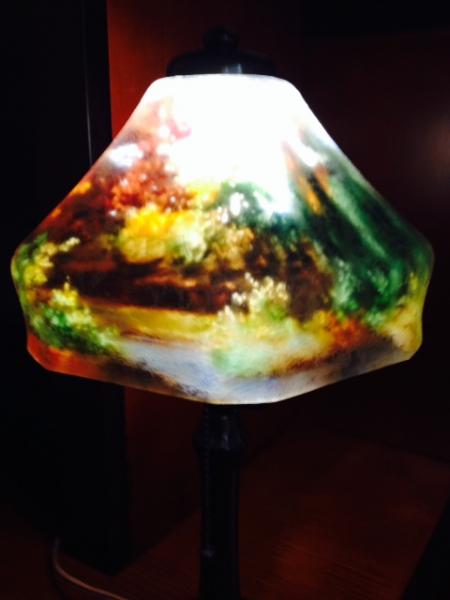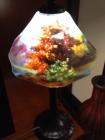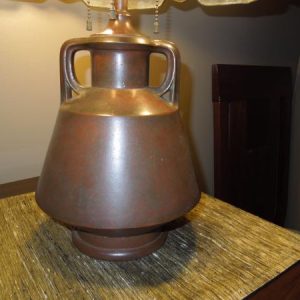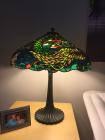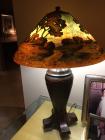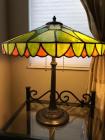Specializing in buying, selling and trading American antique vintage Lamps Duffer and Kimberly lamps… Handel lamps… Wilkinson lamps… Tiffany Studios lamps… Seuss Ornamental lamps… Whaley lamps… Williamson lamps… Moe Bridges lamps… Pair point lamps… Other quality antique vintage lamps
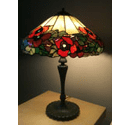
Specializing in buying, selling and trading American antique vintage Lamps Duffer and Kimberly lamps… Handel lamps… Wilkinson lamps… Tiffany Studios lamps… Seuss Ornamental lamps… Whaley lamps… Williamson lamps… Moe Bridges lamps… Pair point lamps… Other quality antique vintage lamps

-
Call
-
Email: [email protected]
